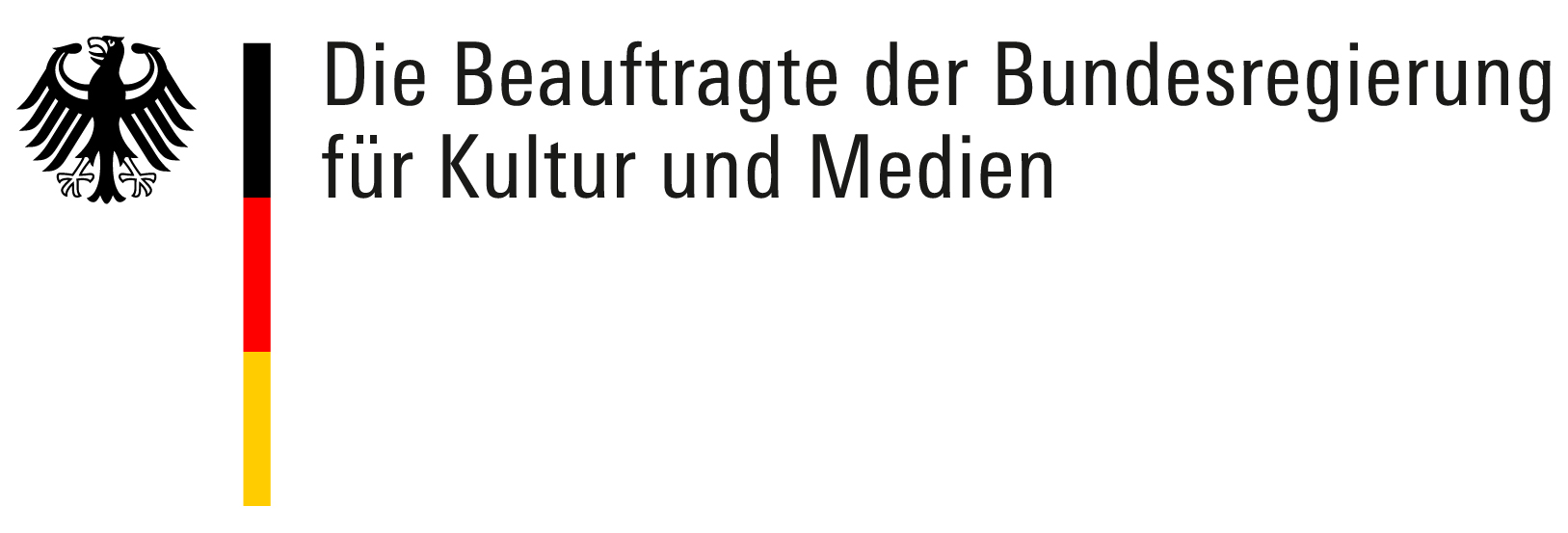I love you, Gertrūda
2021-ongoing
They say that knitting reduces anxiety and increases happiness hormones, such as dopamine and serotonin, while saying 'I love you' to yourself daily supposedly increases self-compassion.
I am knitting the same scarf over and over again, with the text 'I love you, Gertrūda' written on it. The project will keep on going until the scarfs are going to be sold out in the art market as art objects.
‘I love you Gertrūda’ is about thick green lines between self-obsession and self-hate, self-care and excessive introspection, commitment and yearning, sloppiness and devotion, performance and authenticity, Zeitgeisty and traditional, love and hate, beautiful and ugly, lovely and annoying, quantity and quality.
Durational performance has many similarities with the personal development - routine, repetition, ritual, consistency, commitment, dedication. During the lenght of this project, besides knitting I also post at least one video about it on Tiktok per day, this way hoping to reflect on the performativity of personal development on social media.
‘I love you, Gertrūda’ on Tiktok!
 “I Love You Gertrūda” at MO Museum, Vilnius, Lithuania, 2024, photo credits: Rytis Šeskaitis
“I Love You Gertrūda” at MO Museum, Vilnius, Lithuania, 2024, photo credits: Rytis ŠeskaitisProject is funded by the Federal Government Commissioner for Culture and the Media in the programme NEUSTART KULTUR Module D - Digital Mediation Formats and Lithuanian Council of Culture.
![]()
![]()
![]()
![]()



